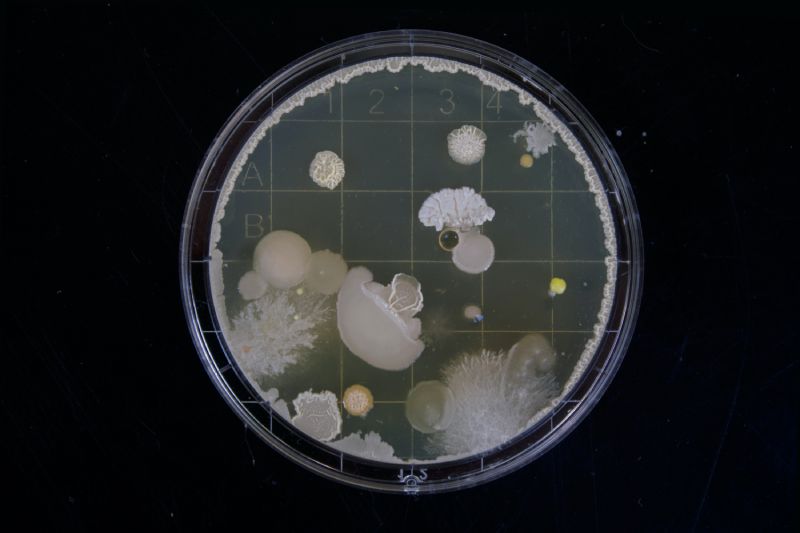In Singapore’s humid climate, mold is a common concern that can quickly become a serious problem if not properly managed. Mold growth not only affects the appearance of your home but also poses significant health risks. To ensure your home remains a safe and healthy environment, regular mold inspection and testing are essential.
Why Mold Inspection and Testing Are Crucial
Mold can grow in any area of your home where moisture is present, such as bathrooms, kitchens, basements, and even inside walls or under flooring. While some mold growth is visible, mold often hides in places that are hard to detect. Remove mold from ceiling making it difficult to know the full extent of the problem without professional help. Here’s why mold inspection and testing are so important:
Health Risks
Mold spores can cause a range of health problems, from allergic reactions and respiratory issues to more severe conditions for those with asthma or weakened immune systems. Ensuring your home is mold-free helps protect your family’s health.
Structural Damage
Mold can weaken the structural integrity of your home by damaging walls, ceilings, and floors. Early detection and removal are key to preventing costly repairs.
Air Quality
Mold spores can circulate through your home’s air, leading to poor indoor air quality. Regular testing ensures that the air you breathe is clean and safe.
Peace of Mind
Knowing that your home has been thoroughly inspected and tested for mold gives you peace of mind, knowing that you are living in a safe environment.

The Mold Inspection Process
Mold inspection involves a thorough examination of your home by a trained professional who knows where and how to look for mold. The process typically includes:
Visual Inspection: The inspector will conduct a visual inspection of your home, looking for signs of mold growth, moisture intrusion, and areas that are at risk of mold development.
Moisture Detection: Using specialized tools like moisture meters, the inspector can detect areas with high moisture levels that may not be visible to the naked eye. These areas are often prime spots for mold growth.
Infrared Scanning: Some inspections may include infrared scanning, which helps detect temperature variations in walls and ceilings, indicating potential moisture problems.
Sample Collection: If mold is found or suspected, the inspector will take samples from the affected areas. These samples are sent to a laboratory for analysis to determine the type and concentration of mold present.
The Importance of Mold Testing
Mold testing is a critical part of the inspection process, providing detailed information about the mold in your home. Here’s what mold testing can reveal:
Type of Mold: Not all molds are equally harmful. Testing identifies the specific type of mold present, helping determine the appropriate course of action.
Extent of Contamination: Testing reveals the concentration of mold spores in the air and on surfaces, providing insight into the severity of the problem.
Source Identification: Testing can help trace the source of the mold problem, whether it’s a hidden leak, poor ventilation, or another issue.
Effectiveness of Remediation: After mold removal, testing can confirm that the remediation was successful and that no harmful levels of mold remain.
What to Do If Mold Is Detected
If mold is detected during inspection and testing, it’s important to take immediate action to address the problem. Here’s what you should do:
Professional Remediation: Hire a professional mold remediation service to safely and effectively remove the mold from your home. Professionals have the necessary tools and expertise to ensure the mold is completely eradicated.
Address the Source: Whether it’s a leaky pipe, poor ventilation, or another issue, addressing the source of the moisture is crucial to preventing future mold growth.
Regular Monitoring: Even after remediation, regular mold inspections and testing are recommended to ensure the problem doesn’t return, especially in areas prone to moisture.
Choosing the Right Mold Inspection and Testing Service in Singapore
When it comes to mold inspection and testing, it’s important to choose a reputable and experienced service provider. Look for companies that offer:
Certified Inspectors: Ensure the inspectors are certified and have the necessary training to conduct thorough mold inspections.
Comprehensive Testing: The Company should offer both air and surface testing to provide a complete picture of the mold situation in your home.
Detailed Reporting: A good service will provide a detailed report of their findings, including the type and concentration of mold, as well as recommendations for remediation.
Preventive Advice: In addition to remediation, the company should offer advice on how to prevent mold from returning, such as improving ventilation or addressing moisture issues.
Mold testing are vital steps in ensuring your Singapore home remains safe, healthy, and mold-free. By regularly inspecting your home for mold and taking immediate action when it’s detected, you can protect your family’s health, preserve the structural integrity of your property, and enjoy peace of mind. Don’t wait for mold to become a visible problem—invest in regular mold inspections and testing to maintain a safe and comfortable living environment.